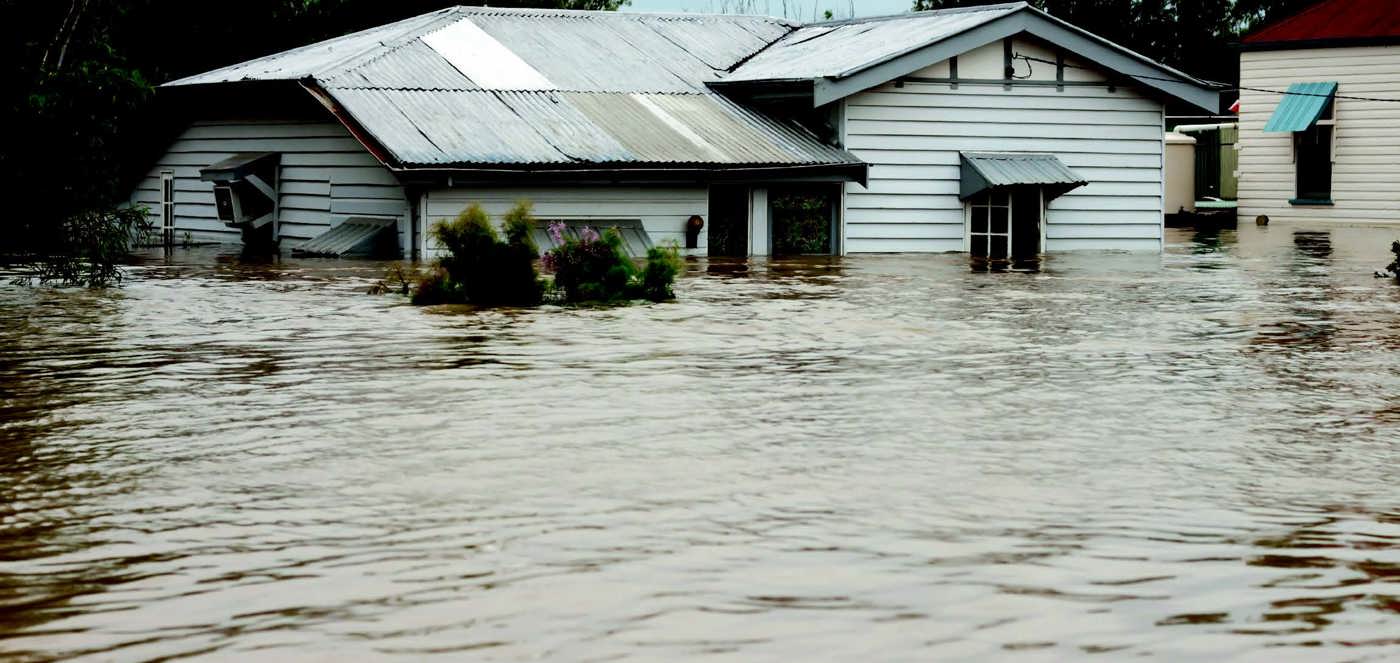
This year’s flood and cyclone events have resulted in tens of thousands of property insurance claims across the North Island. While insurers typically use a panel of approved builders, the scale of these events makes it likely that a range of approaches will be needed. If you are contacted by a home or business owner to quote for and/or remediate flood or storm damage here’s how you can avoid any pitfalls and ensure it’s a good experience for all.
![]()
Steps to speed up the claims process
Insurers are offering plenty of advice to those affected by recent weather events, with resources from all the main insurance companies available. The latest helpsheet produced by Ando Insurance is a good guide to what people claiming on contents, house, motor and commercial insurance should do, providing the information insurers need from home and business owners when making a claim.
IAG is now offering a self-serve option for customers who want to speed up the claim assessment process. This entails customers engaging a qualified tradesperson to see what repairs are needed and obtain a repair quote. There is then a form to complete to go ahead with the repair work claim.
There are a few key things to note:
- Customers will need to provide photos of the damage.
- A qualified tradesperson will need to provide a detailed written quote for the cost of repairs.
- The quote and photos must be emailed to quotes@iag.co.nz, including the claim number in the subject line. For any costs already incurred, receipts are to be attached to the email.
- Once IAG receives the information, if they consider it to be fair and reasonable, they’ll talk to you about settling the claim by paying the estimated reasonable cost to repair the damage.
Additional damage and further costs after settlement:
- They’ll pay the estimated reasonable cost to repair the damage to customers’ properties.
- However, if a customer spends the settlement money on repairs and finds they need to incur additional costs to complete the repairs, or if they find additional damage relating to the claimed event during the repair process which was not included in the agreed scope of the repair, talk to IAG.
- Customers may be able to ask for additional payments, subject to certain conditions.
Make good/make safe
Insurers have pre-authorised the stripping out of wet carpets and underlay. The same applies to minor damage that could be fixed to make the property safe and weathertight, including temporary repairs such as boarding up broken windows.
A priority will be ensuring the health and safety of homeowners and building users, including protection from the development of black mould and fine dust from dried silt. This work can be done before a loss adjuster has attended the property/claim approval.
Property should be thoroughly dried out before remediation work commences. If moisture is present when repairs begin, it can result in poor finishes on repaired surfaces and lead to mould formation and deteriorating structural materials.
EQC Claims
Insurers assess and settle EQCover claims for building and land damage in accordance with The Earthquake Commission Act 1993, on behalf of the Earthquake Commission (EQC). That means they now manage any EQCover claim(s) with affected policyholders from end to end, including assessing the damage.
For more information & resources visit
Builtin are New Zealand’s Trade Insurance Experts
For more information visit builtininsurance.co.nz
or contact Ben Rickard, Construction Risk Adviser and Director
ben@builtin.co.nz | 0800 BUILTIN
Disclosure: The information presented in this article is general in nature and not intended to be financial advice for individual situations. You should speak to an expert about your specific circumstances and needs.

